Philanthropy and scientific research
Institutional Communication Service
On November 27, in Bellinzona, the new building in which the laboratories of the Institute for Research in Biomedicine (IRB) and of the Institute of Oncological Research (IOR) - both affiliated to USI - and a few laboratories of the Ente Ospedaliero Cantonale (EOC) are located will be officially inagurated. The new facility was built also with private funding which, moreover, is essential for the operations of the research institutes. In this final article of the series dedicated to the Bellinzona research institutes, Ticino Management writes about donations to scientific research and funding in general.
[By courtesy of Ticino Management, November 2021]
Among the resources required to support the development of scientific research institutes such as the IRB and the IOR, donations from private individuals and foundations are essential. Namely, this concerns projects that are not yet ready for institutional support but have great potential, as in the field of immuno-oncology, a relatively new frontier of research currently shared by the two institutes in Bellinzona. But who donates, and why?
With the inauguration of the new facility in Bellinzona, which will host more than 250 scientists, students and collaborators of the IRB and IOR, as well as the translational research laboratories of the Ente Ospedaliero Cantonale, the Italian-speaking part of Switzerland can celebrate the creation of a biomedical research centre capable of making a name for itself nationally and internationally, thanks to the solid foundations laid over the past twenty years by the two institutes. This result could not have been achieved without the ability to offer high-quality research in rapidly expanding fields such as life sciences and oncology, and without the foresight and perseverance that basic research requires to achieve innovative and valid results. Solid foundations on which to build a promising future: this is why, in addition to moving under one roof, IRB and IOR have founded the association Bios⁺ (Bellinzona Institutes of Science), with the mission of creating new synergies and coordinating their scientific research and teaching activities.
But with what resources has it been possible to create and then grow, virtually from scratch, these two non-profit academic institutes that have now established themselves globally in their respective fields? An important role has been played - and continues to be played - by public institutions, primarily the Confederation, the Canton of Ticino and the City of Bellinzona. This support is matched by equally decisive resources from the funding of competitive projects awarded on the basis of scientific merit by the Swiss National Fund, Innosuisse, the European Community and a number of projects sponsored by private foundations, the latter covering around half of the funds used by the two institutes.
The full article by Susanna Cattaneo, which includes the comments by Davide Robbiani and Mariagrazia Uguccioni (resp. Director and Deputy director of IRB) and Carlo Catapano (Director of IOR), is attached (in Italian only).
The series of articles dedicated to biomedical research performed at the IRB and IOR and featured in Ticino Management is listed in the "Quicklinks".




